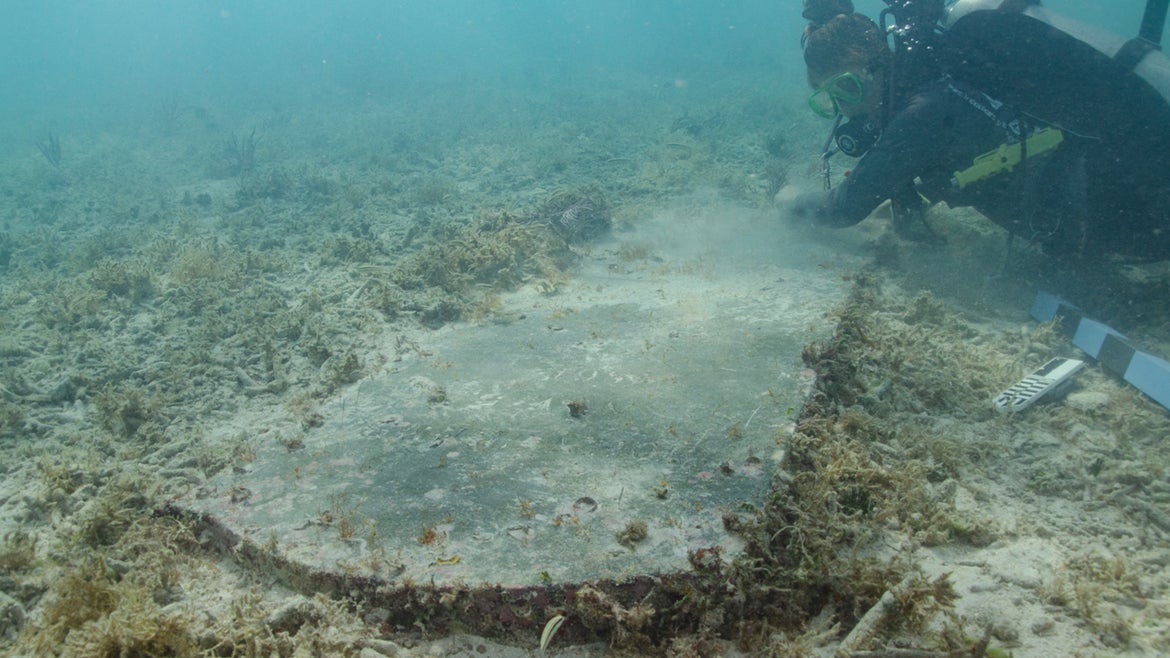Researchers also said that the recent findings highlight the impacts of climate change on resources in the Dry Tortugas area as the facilities discovered were originally built on dry land.
National Park Service archeologists have found remains of a hospital and cemetery underwater at Dry Tortugas off the coast of the Florida Keys, the National Park Service announced this week.
The archeological remains of a 19th century quarantine hospital and cemetery on a submerged island near Garden Key were found recently, the National Park Service announced in a press release.
The headstone of John Greer is the only grave that has been identified. Greer died while working at Fort Jefferson in 1861, the National Park Service announced.
Researchers say that the details surrounding Greer’s death are unclear.
“This intriguing find highlights the potential for untold stories in Dry Tortugas National Park, both above and below the water,” Josh Marano, maritime archeologist for the South Florida national parks and project director for the survey said in the press release. “Although much of the history of Fort Jefferson focuses on the fortification itself and some of its infamous prisoners, we are actively working to tell the stories of the enslaved people, women, children and civilian laborers.”
Historical records indicate that dozens of people, mostly U.S. soldiers stationed at Fort Jefferson, may have been buried there.
The area which was found underwater was mostly known for its use as a military prison during the American Civil War. The islands and waters surrounding Fort Jefferson were also used for a naval coaling outpost, lighthouse station, naval hospital, quarantine facility, and more generally for safe harbor and military training.
As the population of Fort Jefferson swelled with military personnel, prisoners, enslaved people, engineers, support staff, laborers, and their families, the risk of deadly communicable diseases, particularly the mosquito-borne yellow fever, drastically increased. Major outbreaks of disease on the island exacted a heavy toll on those staying there, killing dozens throughout the 1860s and 1870s, according to the National Park Service.
The quarantine hospital was used to treat yellow fever patients at the fort between 1890 and 1900, according to National Park Service.
The cemetery has been identified as the Fort Jefferson Post Cemetery.
Members of the National Park Service’s Submerged Resources Center, the Southeast Archeological Center, and a University of Miami graduate student conducted a survey that led to the findings.
Since August, they have been researching historical records to learn more about the site and the individual, the National Parks Service said.
Researchers also said that the recent findings highlight the impacts of climate change on resources in the Dry Tortugas area as the facilities discovered were originally built on dry land. They say dynamic conditions in climate change and major storm events have even caused some islands to settle and erode beneath the waves.
Related Stories






